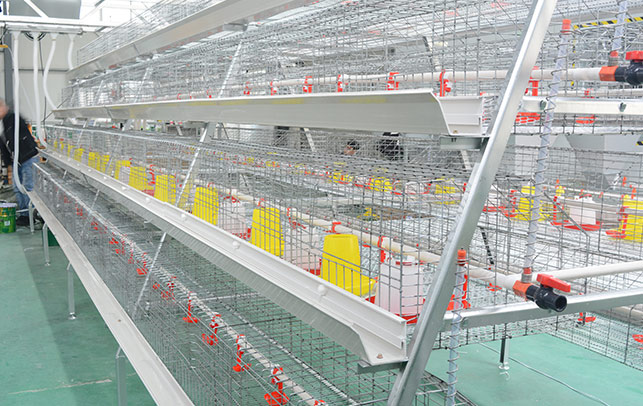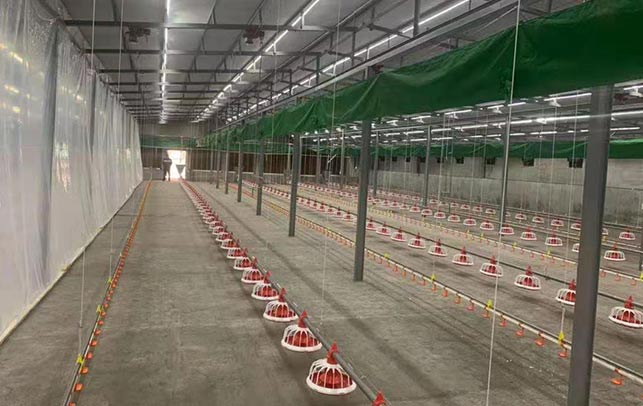How to Start a Chicken Farm Business in the Philippines: A Step-by-Step Guide
Time : 2025-04-17
Embarking on the journey to start a chicken farm business in the Philippines is an exciting venture that can be both profitable and fulfilling. With the right approach, you can turn this idea into a successful enterprise. In this article, we’ll walk you through the essential steps to help you get started on your chicken farming journey.
1. Research and Market Analysis
Before you dive into the chicken farming business, it’s crucial to do your homework. Start by researching the local market to understand the demand for chicken products. Here are a few key points to consider:
- Identify your target market: Determine who your customers will be. Are you focusing on local restaurants, supermarkets, or direct-to-consumer sales?
- Analyze competitors: Look at other chicken farms in the area. What are their strengths and weaknesses? How can you differentiate your business?
- Study the demand: Look at the sales data of local supermarkets or restaurants to gauge the demand for chicken products.
2. Choose the Right Breed
The type of chicken you choose can greatly impact your farm’s success. Here are some popular breeds for chicken farming in the Philippines:
- Layer Breeds: These chickens are bred for their egg-laying capabilities. Some popular layer breeds include Hy-Line, Leghorn, and White Leghorn.
- Broiler Breeds: These chickens are bred for meat production. Cornish Cross and Ross are popular choices for broiler breeds.
- Dual Purpose Breeds: These chickens are good for both egg-laying and meat production. Some examples include Rhode Island Red and Sussex.
Consider the climate, feed availability, and your ultimate business goals when choosing the right breed for your chicken farm.
3. Get the Right Location
Choosing the right location for your chicken farm is crucial for its success. Here are some factors to consider:
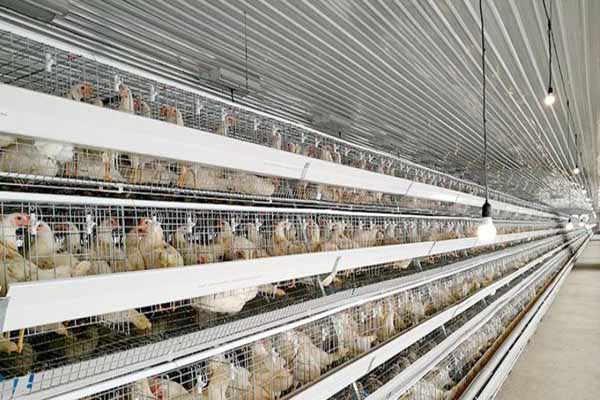
- Accessibility: Ensure that your farm is easily accessible for suppliers, customers, and staff.
- Space: Have enough space for your chickens to roam and for equipment and feed storage.
- Climate: Choose a location that offers suitable weather conditions for the chickens you plan to raise.
- Zoning: Make sure the land is zoned for agricultural use.
4. Secure the Necessary Permits and Licenses
Operating a chicken farm in the Philippines requires compliance with certain regulations. Here’s what you need to do:
- Business Registration: Register your business with the Department of Trade and Industry (DTI).
- Health and Safety Certificates: Obtain certifications from the Department of Agriculture (DA) to ensure that your farm complies with health and safety standards.
- Environmental Compliance: Get an environmental compliance certificate to ensure that your farm is eco-friendly.
5. Develop a Business Plan
A well-thought-out business plan is essential for any successful venture. Your plan should include:
- Financial Projections: Estimate your startup costs, ongoing expenses, and potential profits.
- Marketing Strategy: Outline how you will market your products to your target market.
- Operational Plan: Detail the day-to-day operations of your farm, including feed, water, and health management.
6. Build Your Chicken Coop
Your chickens need a safe and comfortable place to live. Here are some tips for building a chicken coop:
- Size: Ensure that your coop is large enough to accommodate the number of chickens you plan to raise.
- Ventilation: Proper ventilation is crucial to keep the coop at a comfortable temperature and prevent disease.
- Nesting Boxes: Provide nesting boxes for laying hens to lay their eggs.
- Protection: Protect your coop from predators and extreme weather conditions.
<h2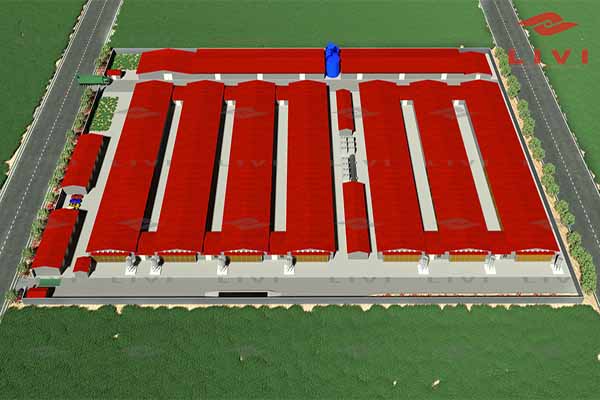 >7. Implement Effective Management Practices
>7. Implement Effective Management Practices
Managing your chicken farm effectively is key to success. Here are some tips:
- Health Management: Regularly check your chickens for signs of illness and treat them promptly.
- Feed Management: Provide your chickens with a balanced diet and clean water.
- Biosecurity: Implement biosecurity measures to prevent the spread of diseases among your flock.
8. Market Your Products
Once you have a healthy flock, it’s time to start marketing your products. Here are some strategies:
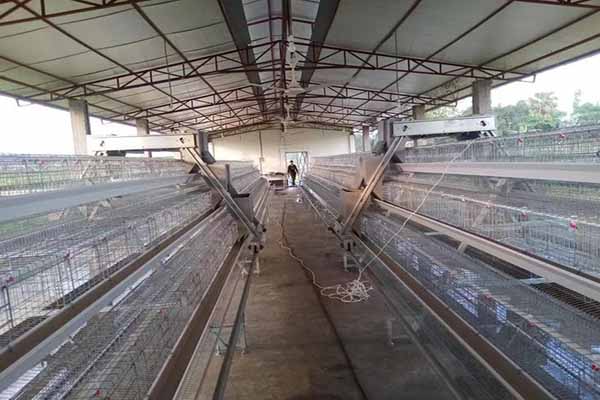
- Direct Sales: Offer direct-to-consumer sales through farmers’ markets or community-supported agriculture (CSA) programs.
- Wholesale: Approach local restaurants and supermarkets to sell your products in bulk.
- Online Marketing: Utilize social media and online marketplaces to reach a wider audience.
Conclusion
Starting a chicken farm business in the Philippines can be challenging, but with careful planning and dedication, it can be a rewarding experience. By following these steps and continuously learning from your experiences, you’ll be well on your way to building a successful chicken farm business.









